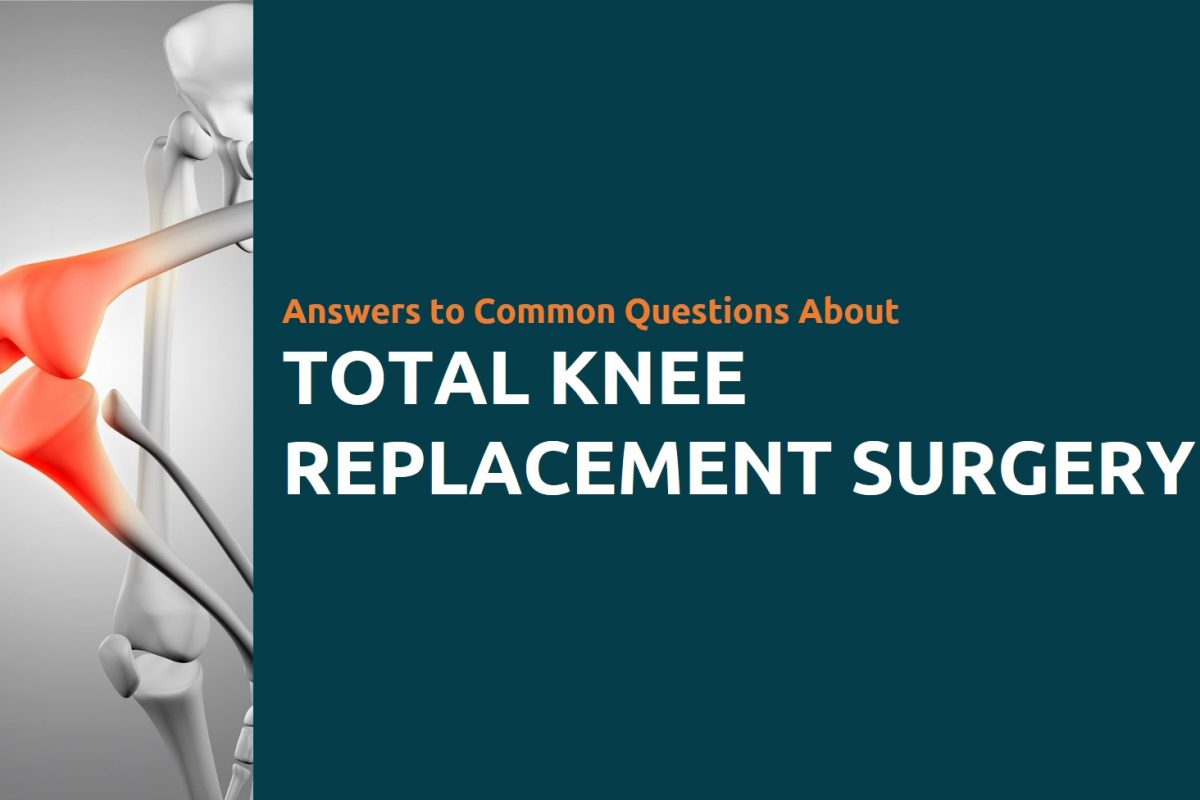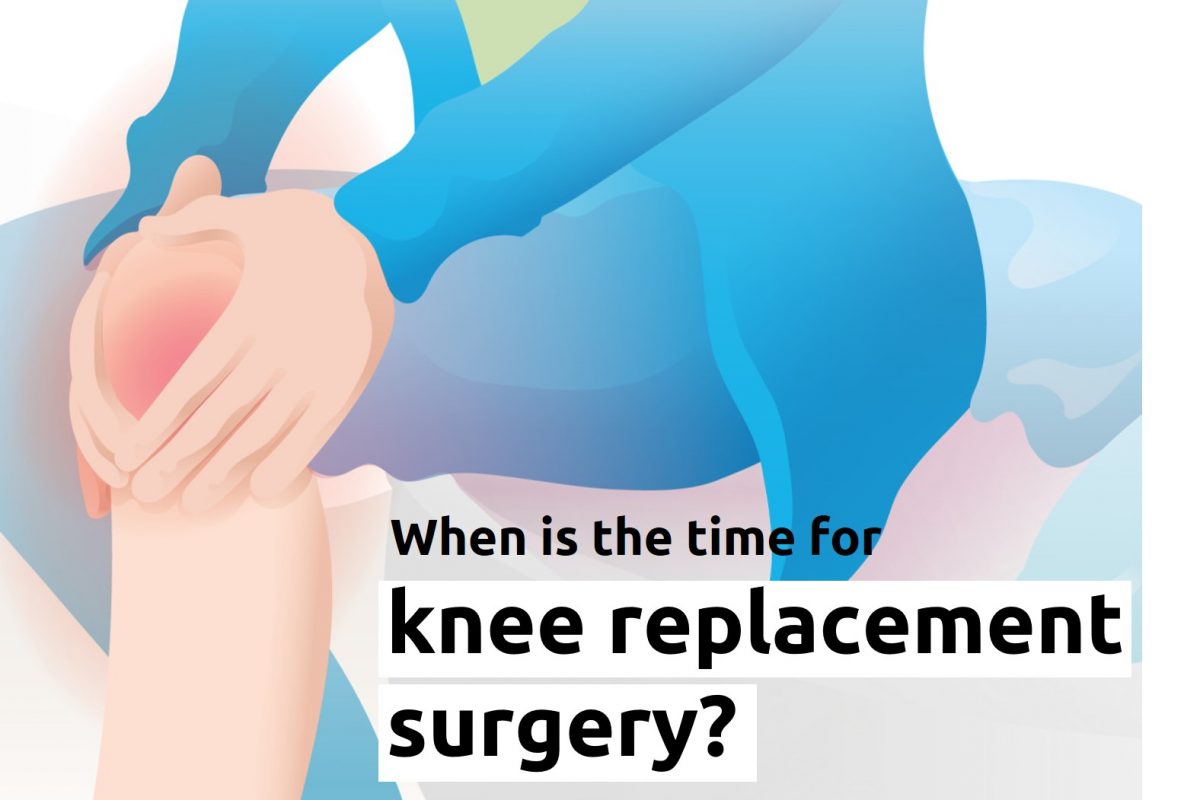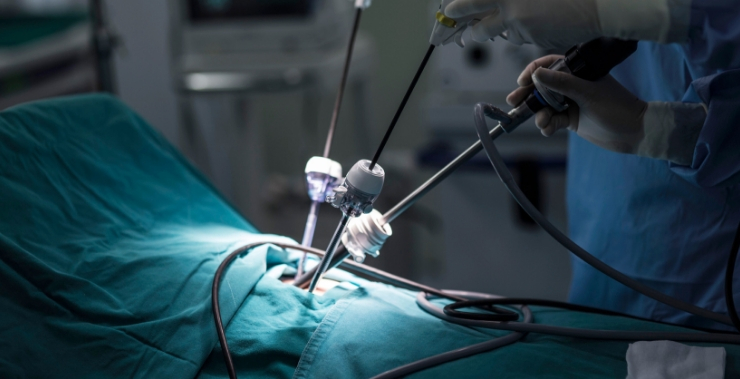Knee replacement surgery shouldn’t be taken lightly rather it is a major event in the life of every patient undergoing surgery. Dr. Rachit Sheth, an orthopedic surgeon in Ahmedabad with an expertise in knee replacement surgery, explains what you need to know about the procedure.
The need of knee replacement surgery
The need for a knee replacement surgery is the need to improve one’s quality of life. When you have a gnawing pain and discomfort that affects your quality of life on a regular basis you need surgery.
When cartilage inside the knee joint starts to break down, a person may begin to experience pain. If you have tried all other forms of non-operative treatment including lifestyle changes, medications, physical therapy and injections, and you have no relief from the pain, it might be the right time to think about knee replacement surgery.
An orthopedic surgeon will carry out a thorough examination and make a recommendation. It might also be beneficial to get a second opinion. When you are recommended a total knee replacement surgery, you will have a lot of questions. Here, we’ve tried to address the most common questions about total knee replacement surgery.
Common Questions About Total Knee Replacement Surgery
To make a consultation appointment with Dr. Rachit Sheth, drop us a message or give us a call.



